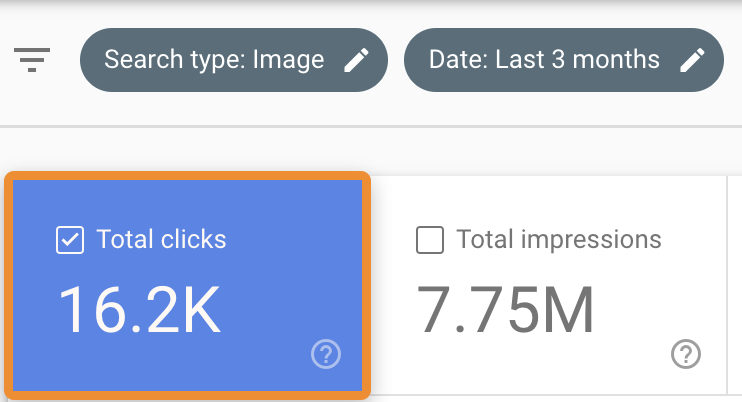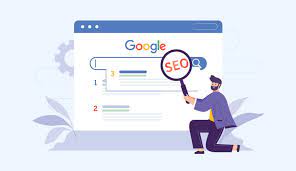On-page SEO involves creating the kind of content searchers are looking for, and optimizing it to help search engines better understand what its about. Most people think this is all about keyword placement. Although thats part of it, its far from the most important aspect.

Lets explore the basics of how to optimize a page to rank in search engines.
Match search intent
Fail to create the kind of content that searchers are looking for, and your chances of ranking are slim to none. This is known in the industry as aligning your content with search intent.
Because Google understands what searchers are looking for better than anyone, the best way to judge search intent is to look for commonalities among the current top-ranking pages for your target keyword.
For instance, the results for “SEO tips†are all list-style blog posts. Yet the results for “speakers†are all category pages from ecommerce sites.


This tells us that people searching for “speakers†are in buying mode and people searching for “SEO tips†are in learning mode. If we want to rank, we need to keep this in mind and create the kind of content that aligns with search intent.
Choose a descriptive URL slug
In the chapter on setting up a website for SEO success, we talked about using a logical and descriptive URL structure. For each page or post you publish, you also need to set a descriptive slug—the part at the end of the URL.

How best to do this depends on the subfolders before the URL slug.
Lets say your target keyword is “black mens jeans.â€
If your URL has no subfolders or generic subfolders like /blog/, just set the slug as your target keyword.
yourwebsite.com/black-mens-jeans/
If there are "contextual" subfolders like /mens/ or /jeans/, its usually best to exclude repeated keywords.
yourwebsite.com/mens/jeans/black/
Write a compelling title tag
Title tags are the blue clickable links that show up in the search results.
Its one of the few weapons you have to entice searchers to click on your page, so its important to make it as compelling as possible.
The easiest way to do this is to align it with search intent.
For example, if we look at the titles of the top results for “best bluetooth speaker,†there are a couple of commonalities:
Using this knowledge to our advantage, this seems like a pretty good title tag to go for:
Best Bluetooth Speakers (2021): Top Picks for Portability
Optimize images
Images can rank in Google Images and send traffic to your website. Weve had thousands of visits from Google Images in the past three months alone.

How do you optimize your images?
Follow these three steps:
- Name them well. Filenames help Google understand the image, so cat.png is better than IMG_948493.png.
- Use descriptive alt text. Alt text is code that describes an image in words. Its not visible on the page unless the visitor uses a screen reader or the image fails to load. Most website platforms have an input field for alt text when you upload an image.
- Compress them. Install a plugin like Shortpixel to compress your images on the fly and improve page speed.
 Best resource for Online free Education
Best resource for Online free Education


